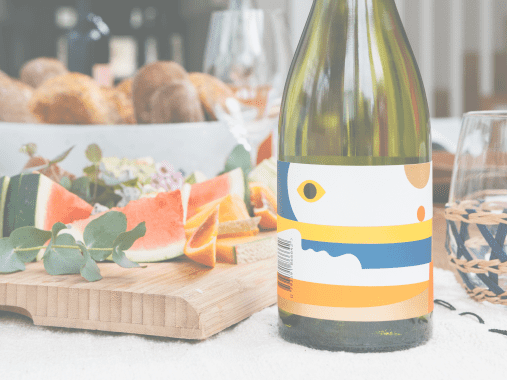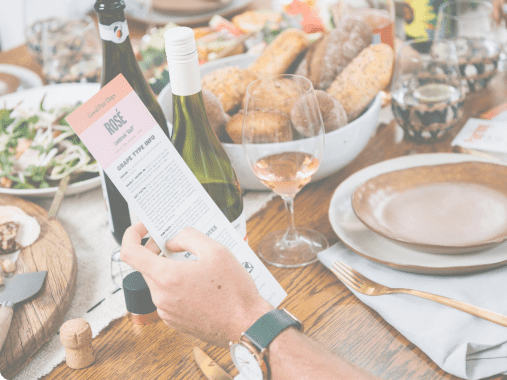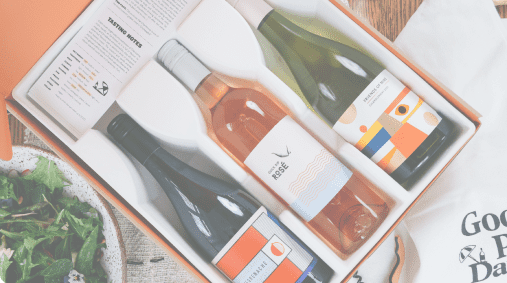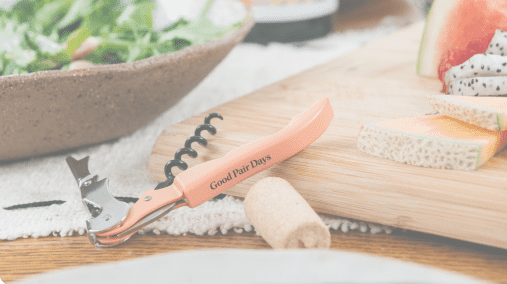What is IPA (India Pale Ale)?

Guides>Wine 101 Guides>Beer Guides>What is IPA (India Pale Ale)?
CONTENTS



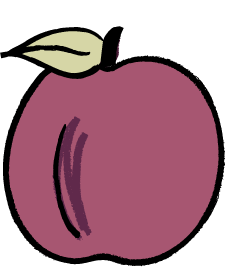


What is IPA (India Pale Ale)?

So, what is it?
This story begins in 18th-century England. At the time, with the British Empire growing and expanding eastwards, everyone needed a solution to get beer to the colonies. It was too hot to brew in India, and the six-month journey was a killer for traditional English Ale. So, in the 1780s, a brewer called Hodgson created a strong, hoppy beer that could last a sea trip and called it the 'October Ale'. Soon after, another English brewer, Samuel Allsop, refined the recipe, and India Pale Ale (IPA) was born! In the centuries since, IPA popularity rumbled on before gradually waning as more moderate Ale styles (hello 'Pale Ale') took some of its thunder, particularly in the World War eras of rationing. It wasn't until the 1970s, when the first American craft brewers then took another spin at the recipe that IPA came back into the limelight, now propelled by highly aromatic American Pacific hops. Soon, IPA came roaring back thanks to the juiciest, hoppiest beers ever created!

What does it taste like?
IPA is known for its big hops and big alcohol, with the malt (malted barley) flavours taking more of a back seat as hop flavours take over. Some English IPA styles - and Imperial/Double IPA - can still be darker coloured, but on the whole, this is a beer of aromatics and hoppy bitterness. Typically high in alcohol (5.8-7.5% in a standard IPA, up to 12% in some of the most hardcore Triple IPA), the flavours here are dictated a little by the hops, with American IPA showing distinctive pine, lemon, nettle and passionfruit flavours. At the same time, English IPA can blend in more herbs and spicy orange with toasty malt, caramel and bready flavours. Finally, the cloudier upstarts of the IPA world, the New England India Pale Ale (NEIPA), can also show all sorts of melon and tropical fruit characters. It's juicy!


Main styles it's known for?
English India Pale Ale (IPA) - The original IPA style, traditional English IPA has suffered a bit of an identity crisis in recent decades as more obvious American IPA has taken over. Still, the OG, English IPA is arguably the best-balanced style. Here, expect lots of herbal English hops and a bit more malt; English IPA balances head-turning hoppy bitterness and more bready caramel malty richness.

American India Pale Ale (IPA) - all about hops. The US hops are exceptionally fragrant and punchy, making American IPA stand out for super-sized fruity aromatics (passionfruit, pine and tropical fruits) and next-level bitterness. Reasonably alcoholic (typically 6-7%) and usually amber to golden yellow in colour, there are subsets within the American IPA style, too, with a 'West Coast IPA' style that goes very low on malt and makes bright, clear, light-coloured beers of ultra hoppy freshness. There's also another subset of this IPA style known as a 'Session IPA' that is closer to a hoppy Pale Ale than anything else.
Double/Imperial India Pale Ale (IIPA) - As the name suggests, these are beers made with double, triple or even quadruple hops. They're often darker in colour, particularly the 'Imperial' style (a strong English IPA), with alcohol of 8-12% and a massive wall of flavour. Compared to the 'standard' IPA styles, these beers often have more malt, which means you can have mega hoppy aromatics, a richer, sometimes biscuity palate, and sublime bitterness that can be almost resinous.

New England India Pale Ale (NEIPA) - technically a subset of the American IPA style, New England India Pale Ale has only really been around since the early noughties when a brewery in Vermont produced an unfiltered, hoppy, hazy beer that was less bitter, much more fruity and loads 'thicker' to taste. It was a niche style initially, but now it has fuelled the 'haze craze' that makes brewers all over the planet want to make their own mouth-filling, ultra-aromatic, ultra-textural variation. Brewers also use things like oat or wheat to achieve the haze, with subsets known as 'Oat Cream' and 'Milkshake' IPA styles that are indeed like drinking a milky beer and are often made with lactose to make them even creamier.


How is India Pale Ales (IPA) made?
India Pale Ale production follows that of most of the Ale class, which means using an Ale yeast (to make Ale. Who knew!) that works on the top of your beer vat to quickly turn what's known as 'wort' (a sticky porridgy liquid made from barley) into a delicious beer. India Pale Ale is usually fermented warm and quickly (in beer terms) with careful attention to oxygen exposure to ensure you capture all the delightful aromatics. As we discussed earlier, IPA is different because of the accentuation of hops as a key flavour - hops are the lead singers here, and malt is the bass guitarist. One technique that brewers use is called 'dry hopping', which involves adding the hops in much later in the beer production process. This avoids picking up as much bitterness but amps up the fruity flavours.


What foods should you be pairing it with India Pale Ale (IPA)?
With its extra flavour volume and bitterness, IPA styles really command bigger flavours. Spicy food is your friend here, with the fragrance of a hoppy American IPA that is perfect with chilli noodles, stir fry, dumplings, hot wings, and nachos/burgers. The extra toasty malt in an English IPA also lends itself to sausages and pies (hello, English pub food) and roasted vegetables. When you get into Double IPA and Imperials, they pair wonderfully with full-bodied red wines, smoked meats and hearty bean dishes. With the thick and milky NEIPA styles, you can add creamier dishes like rich pasta or shellfish, but the ideal is fried chicken or veggies, with the crunch/cream contrast just divine.

Recipes to pair with India Pale Ale (IPA)


One more thing about India Pale Ale
There's a rare style of IPA known as the 'fresh hop' that uses hops flowers transported directly from farm to brewery vat. That's an unusual technique because most brewers use hops in a dried form, particularly given that there is just one hop harvest a year (in late summer/autumn at a similar time as grapes). Fresh hop beers can be incredibly aromatic, even a bit grassy.
About the Author:
Andrew Graham is a master winemaker and viticulturist (aka a grape guy) who fell into the wine industry as a teenager and never looked back! Voted the 23rd most trusted wine critic on the planet, Andrew judges at wine shows across the globe and runs foolishly long ultramarathons in his spare time (swiftly followed by a recuperative glass of wine or a frosty beer).









